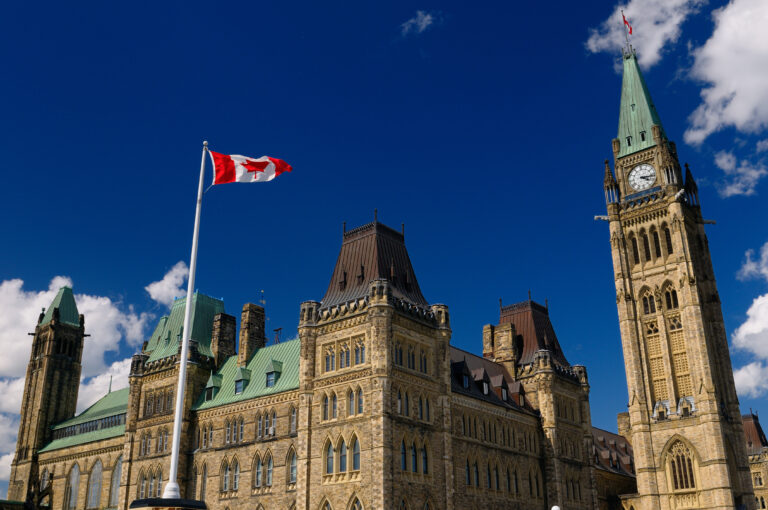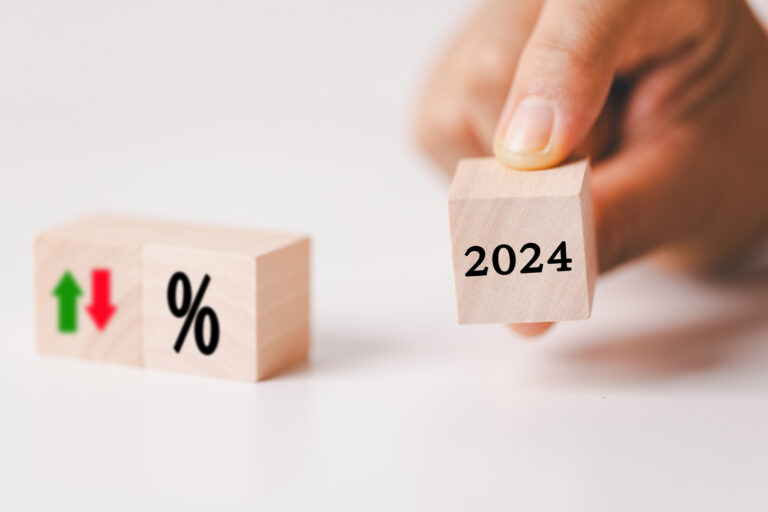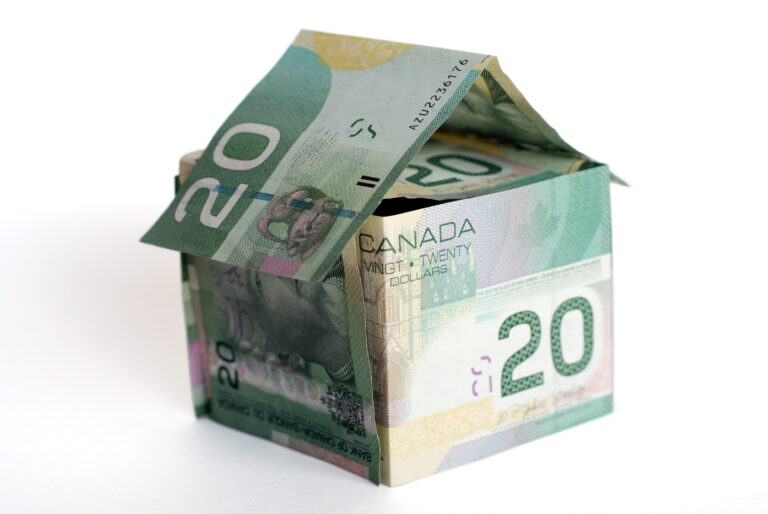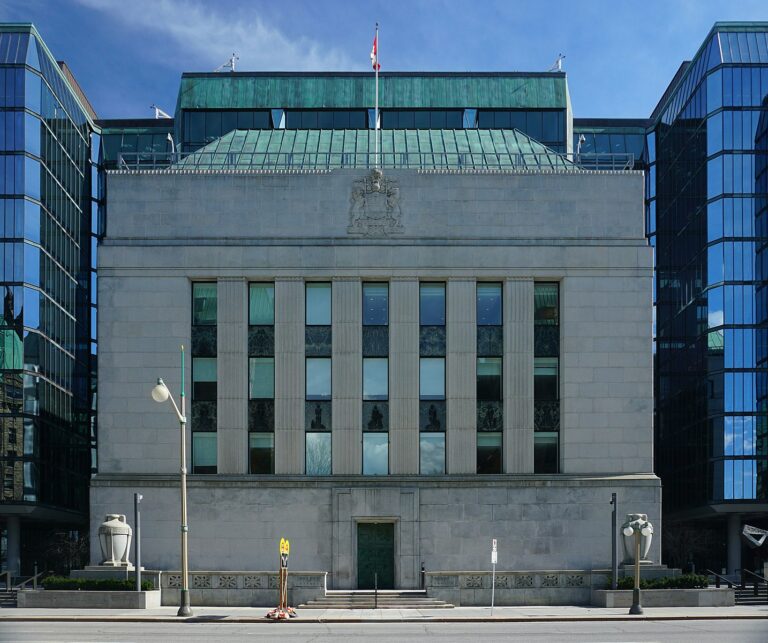To determine ‘affordability,’ you will first need to know your taxable income and the amount of any outstanding debt. Assuming it is your principal residence you are purchasing, calculate 35% of your income for use toward a mortgage payment, property taxes and heating costs. If applicable, add half of the estimated monthly condominium maintenance fees in this calculation.
Second, calculate 42% of your taxable income and deduct all of your monthly debt payments, including car loans, credit cards, lines of credit payments. The lesser of the first or second calculation is used for housing-related payments, including your mortgage payment. These calculations are based on lender guidelines.
In addition to considering what you can afford, make sure you calculate how much you think you can afford. If the payment amount you are comfortable with is less than 32% of your income, you may want to settle for the lower amount rather than stretch yourself financially.



